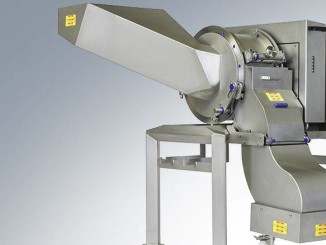
The global frozen processed food market receives a fragmented demand with different regions of the world expressing the need for the products in various ways, finds a report published by Transparency Market Research (TMR).
Since the demand varies from region to region, each geographical market is observed to have a different key player topping the market share therewith. For instance, Stouffer’s had made its presence known in North America, Findus in Europe, Venky’s in Asia Pacific, and McCain in the Rest of the World in the recent past
With a moderate CAGR of 2.7%, the world frozen processed food market is predicted to touch US$69.11 bn by 2021, according to the report by TMR. In 2016, the market was poised at US$60.62 bn. By product type, the frozen processed fish/sea food segment had accounted for a massive share of US$9.42bn in 2016 and is expected to lead the market by the end of the forecast period. Geographically, North America had generated a significant revenue in 2016, however, Asia Pacific is foreseen to reach 36,8% by 2021
Top vendors such as Nestle S.A. are taking to the strategy of repositioning their brands, which suffered from the shift in consumer preference from processed to organic foods. In 2015, the company announced that it will look to refresh its frozen processed food portfolio. In this regard, the Lean Cuisine brand is being aligned with the consumer preference for simple ingredients, high protein, and gluten-free diet.
Product innovation is researched to be a major driver in the global frozen processed food market. For example, low calorie, cholesterol, and fat products in North America, traditional recipes in the form of frozen processed foods in Europe, frozen processed regional foods such as Xinpai Rice in China, and a range of marinated chicken introduced by National Food Co. in the Rest of the World.
The idea of having natural, healthy, and fresh foods as opposed to ready to eat items is also propelling the global market significantly. Besides this, other drivers such as increasing health awareness, busy lifestyle, and adoption of easy to cook and convenience foods are taking precedence in the market, according to TMR.



